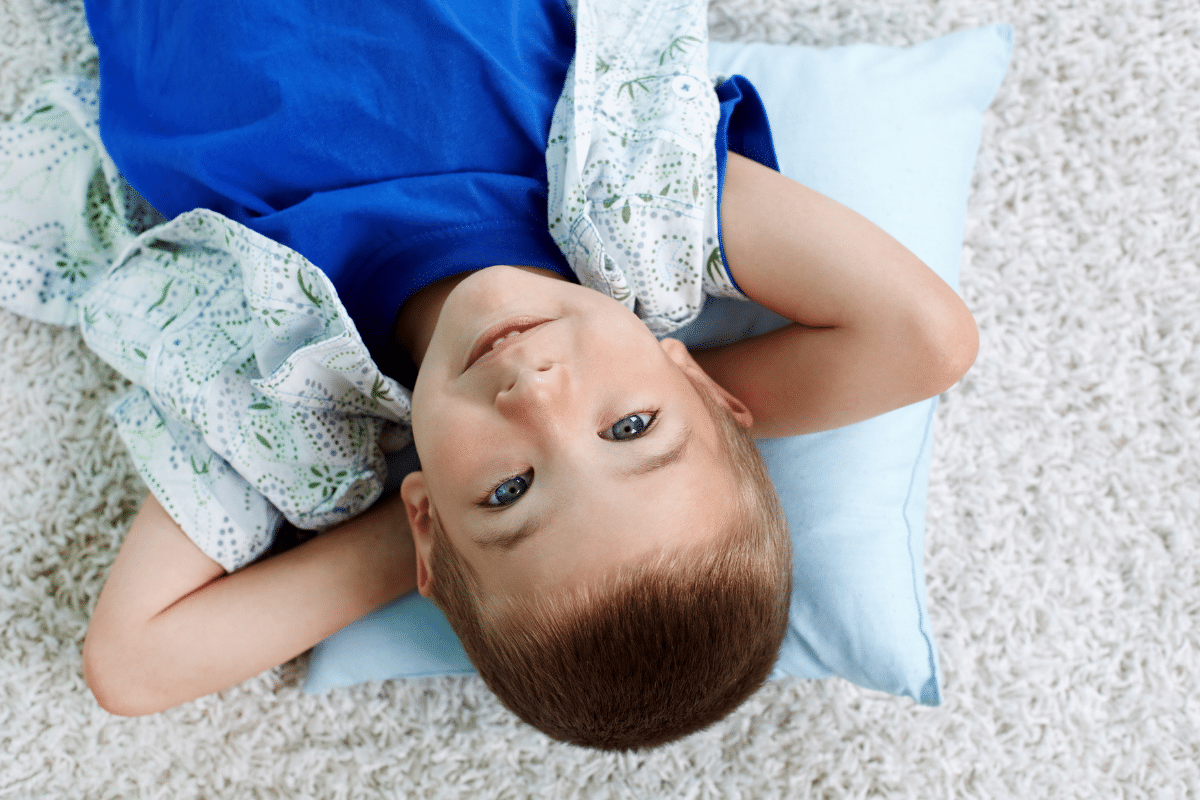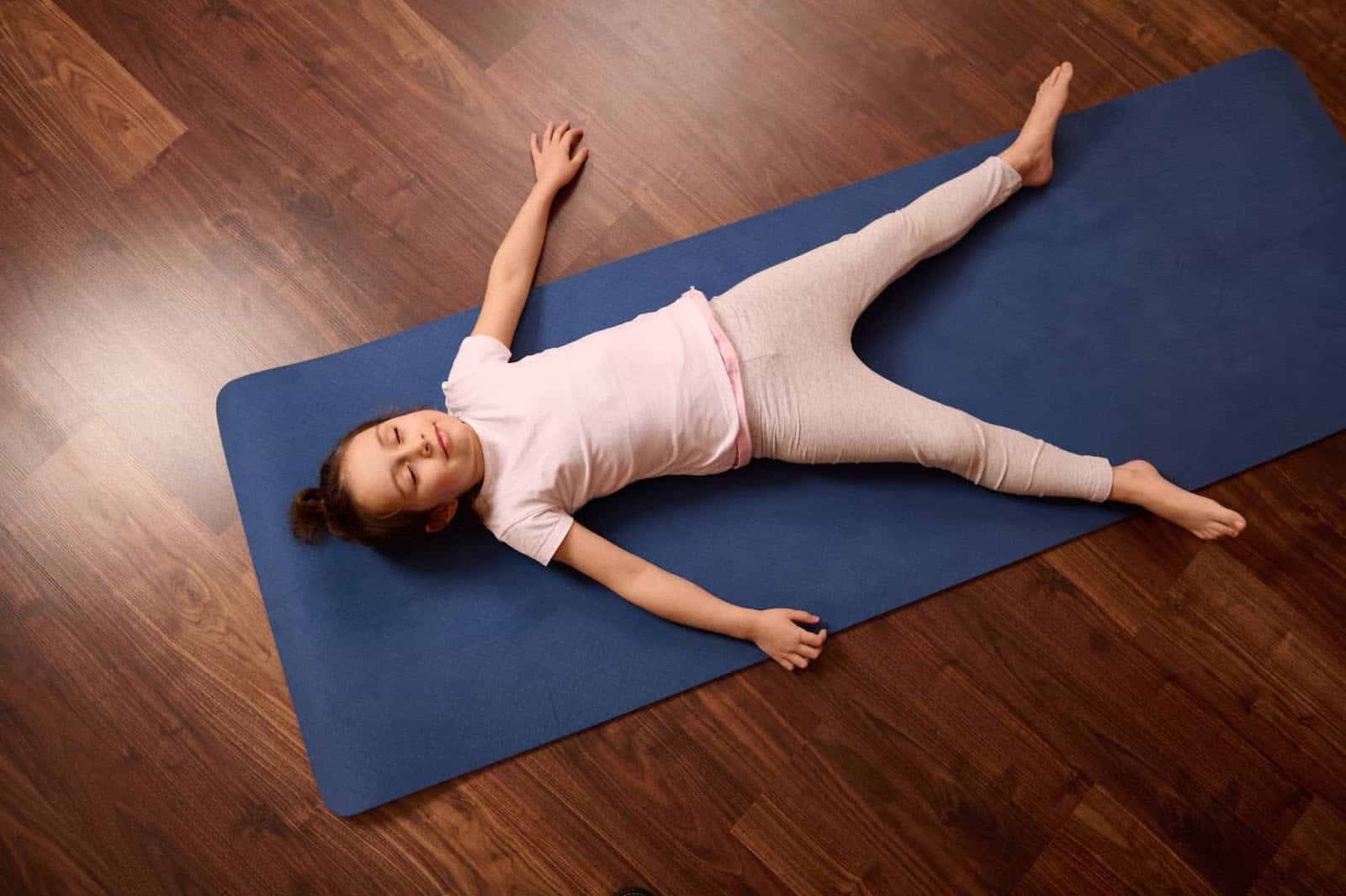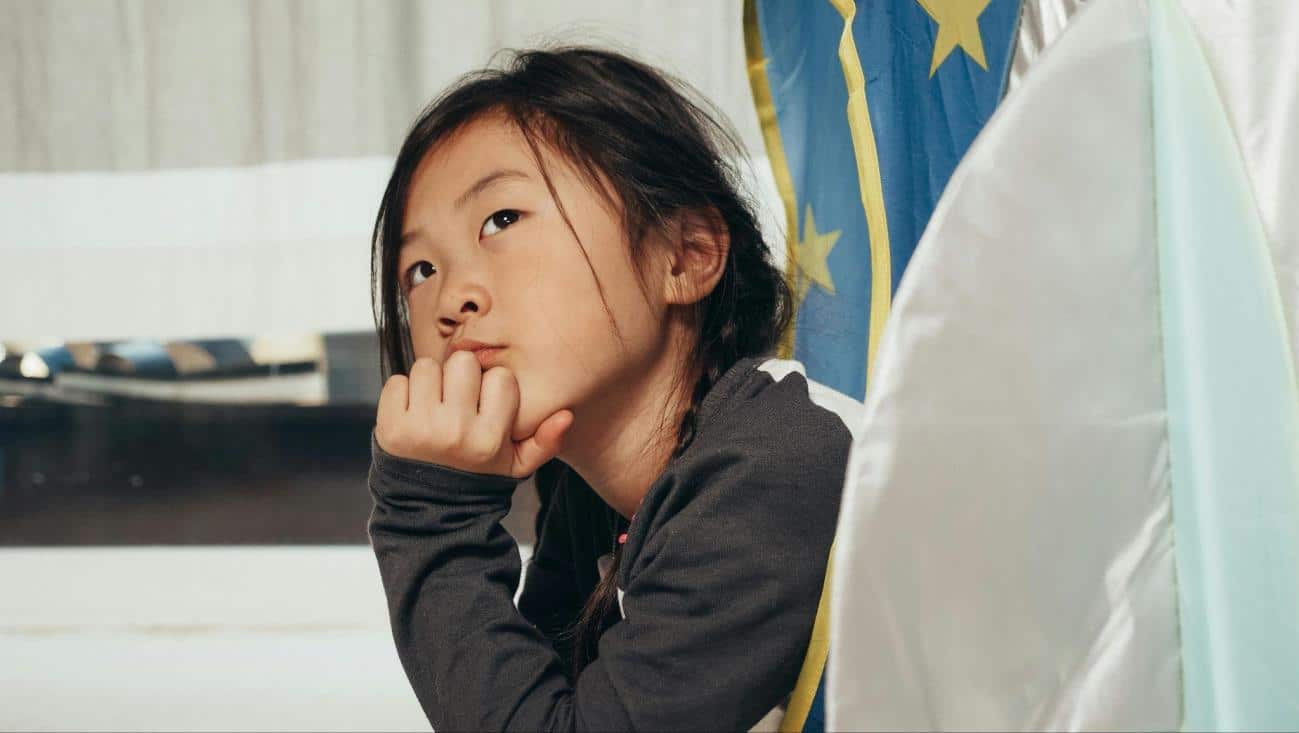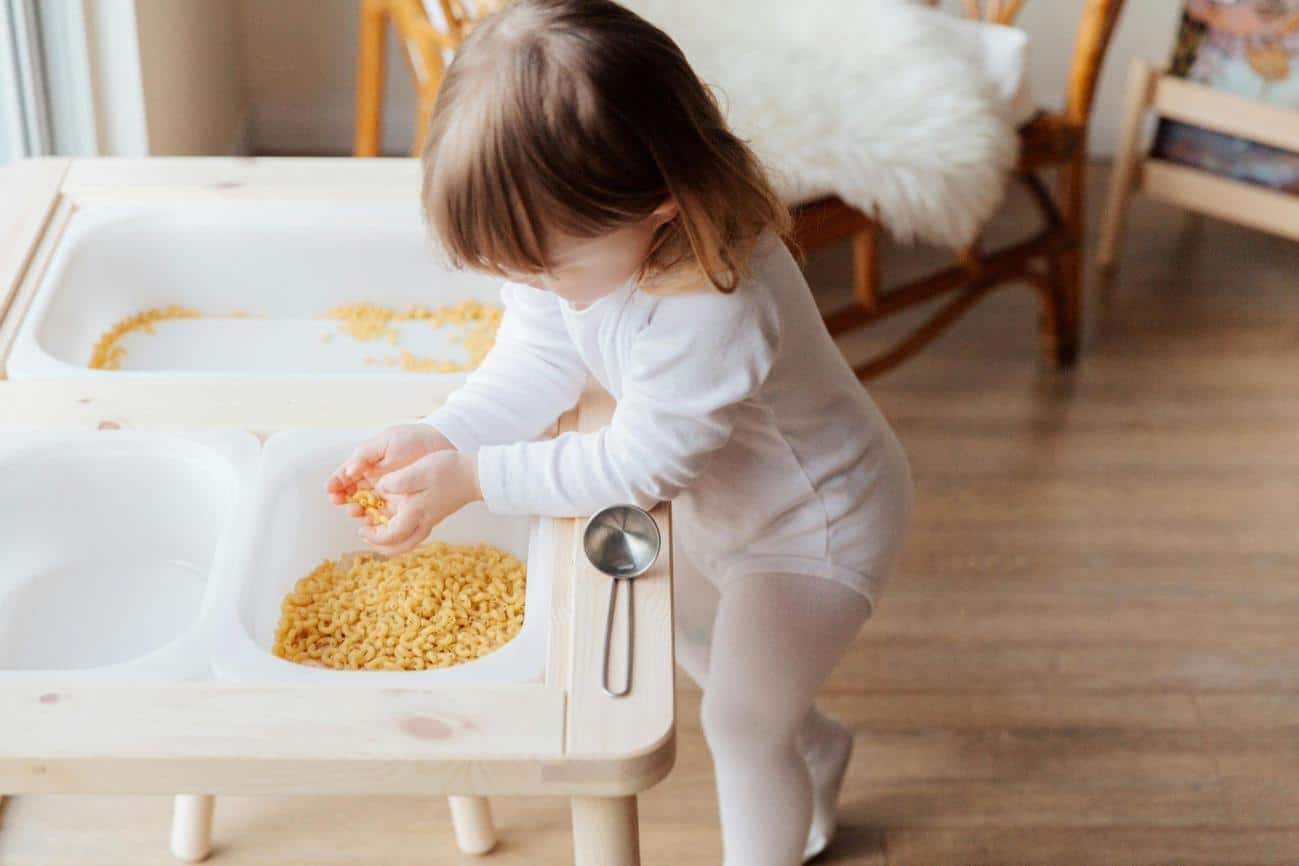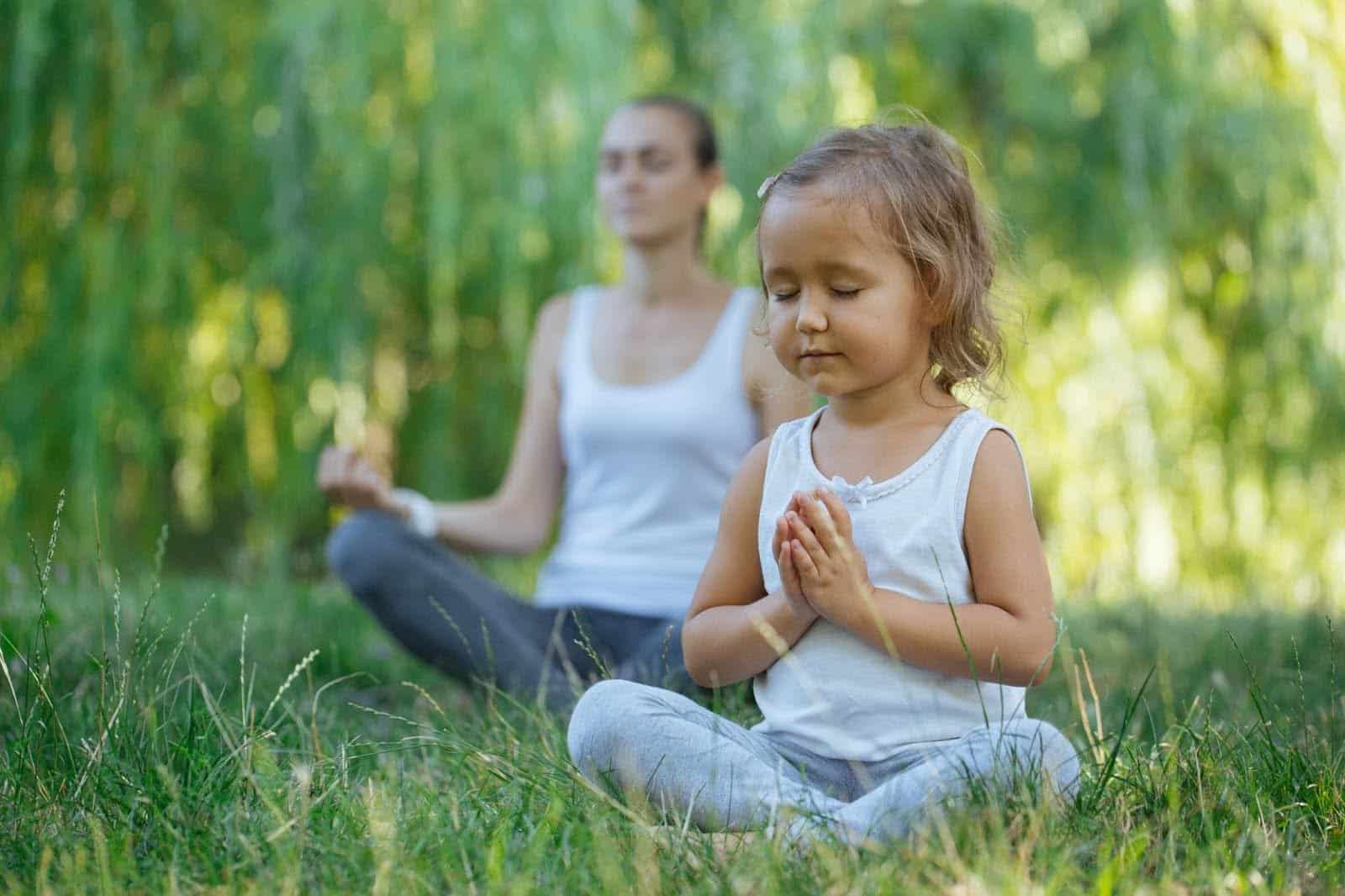
Meditation for Kids: Helping Their Emotional Intelligence
Helping children navigate their emotions and build self-awareness can set the foundation for lifelong emotional health. One of the most effective tools for this is meditation for kids. By incorporating mindfulness into their daily routines, children can improve focus, reduce stress, and enhance their emotional intelligence. Even simple practices like a 3-minute meditation for kids can make a meaningful difference.
Table of Contents
The Benefits of Meditation for Kids
Mindful practices like meditation offer children tools to navigate their emotions, handle stress, and build resilience. Here’s how it can positively impact their growth:
Emotional Awareness and Thoughtful Responses
Taking a moment to pause and reflect helps kids recognise their emotions and understand their triggers. This self-awareness empowers them to respond to situations thoughtfully, rather than reacting impulsively, building emotional intelligence.
Restful Sleep and Rejuvenation
A calming bedtime routine that includes meditation encourages children to relax both their mind and body, making it easier to fall asleep. Over time, this practice promotes restorative sleep, leaving them refreshed and better equipped to tackle the day ahead. It’s especially effective in reducing nighttime worries or restlessness.
Tools for Handling Stress and Anxiety
Life’s challenges, from school tests to playground disagreements, can feel overwhelming for children. Mindful practices equip them with strategies to manage these situations calmly, building resilience and confidence in their ability to cope.
Sharpened Focus and Cognitive Skills
Focusing on their breath or a guided visualisation during meditation trains children to stay present. This skill carries over to tasks like homework or group activities, improving their concentration and problem-solving abilities.
Meditation Styles and Examples for Kids
Different meditation styles cater to a variety of needs and preferences, offering unique benefits to children. Here’s how you can introduce a mix of approaches, complete with practical examples:
Mindfulness Meditation for Kids
This practice encourages children to focus on the present moment by observing their breath or surroundings.
Example: Guide your child to sit quietly for three minutes, noticing the sound of birds or the feeling of air on their skin. This can help them reset during a busy day.
Body Scan Meditation for Kids
This technique promotes relaxation by drawing attention to different parts of the body.
Example: Before bed, ask your child to lie down, close their eyes, and focus on relaxing each part of their body, starting from their toes and moving upward. A 5-minute meditation for kids like this can help them release tension and sleep better.
Guided Visualisation
This style taps into a child’s imagination, using visualisation to promote calm and positivity.
Example: Encourage your child to imagine their “happy place,” such as a sunny beach. Ask them to describe the sights, sounds, and feelings of this space to immerse themselves in positive emotions.
Belly Breathing
A quick and effective way to calm down by focusing on deep, rhythmic breathing.
Example: During a 3-minute meditation for kids, have your child place their hands on their belly, breathe deeply for four counts, and exhale slowly, noticing how their belly moves.
Whether it’s a short meditation for kids or a relaxing 5 minute meditation for kids, these small but powerful moments can create a lasting impact. Start incorporating meditation into your child’s routine today and watch as they flourish!
Incorporating Mindful Practices at Shichida Australia
Mindfulness is woven into every Shichida class, creating a calm and focused learning environment:
Breathing Exercises: Each session begins with simple breathing exercises to help children settle their minds and prepare for learning. Belly breathing is introduced in age-appropriate ways—young children imagine blowing out a birthday candle, while older children focus on steady, deep breaths. This practice helps children connect with their breath and manage emotions.
Positive Affirmations: Such as “You can do anything you put your mind to”, build confidence and resilience, encouraging a growth mindset.
Guided Visualisation: These exercises help children picture success, solve problems, and develop a positive outlook.
Calming Environment: The classroom environment is structured yet calming, ensuring children feel secure and engaged.
Bonding Activities: Parent-child bonding activities strengthen emotional awareness through shared experiences.
Reflection and gratitude are encouraged, helping children recognise their progress and celebrate small achievements. By focusing on the learning journey rather than just results, children develop patience, curiosity, and a love of learning.
Give your child the best start in life – book a trial class at a Shichida early learning centre today!
